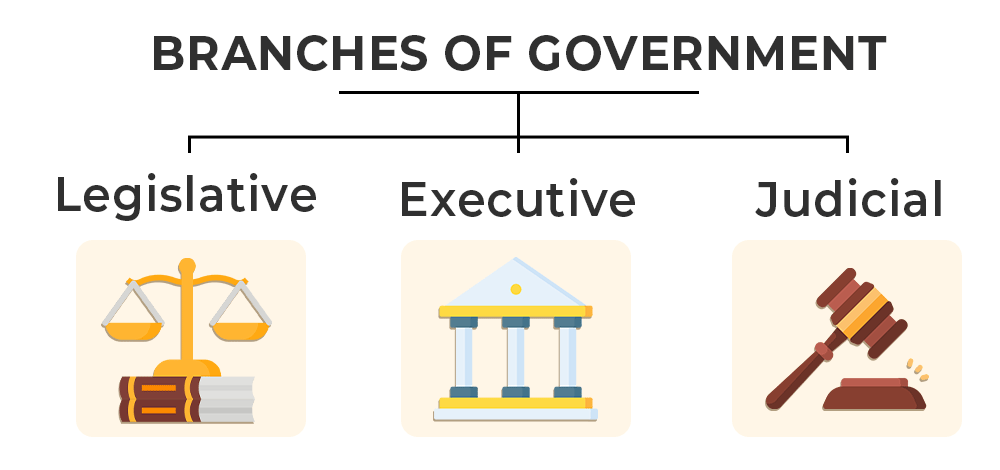Bilawal Kamran
Small and Medium Enterprises (SMEs) are pivotal to the economic growth and sustainability of any nation, acting as the cornerstone of industrial and employment development. Particularly in labor-intensive sectors, SMEs create substantial employment opportunities, contributing significantly to reducing unemployment. Leading nations such as China, Italy, and Japan provide exemplary models of SME growth, having focused on enhancing the competitiveness and independence of small businesses through comprehensive policy interventions. These nations have been able to leverage their SMEs, contributing up to 60-80 percent of their economic growth. SMEs play a crucial role in facilitating large-scale development projects, particularly those aimed at promoting Global Value Chains (GVC) and International Production Networks (IPN). These networks offer SMEs new avenues to expand their businesses internationally.
The study revealed that SME officials are generally cognizant of the potential benefits SMEs offer, and a new SME Policy focusing on innovation and business facilitation is currently being reviewed. However, there is a notable disparity between Micro Enterprises (MEs) and Small Enterprises (SEs). While MEs are keen on expanding their operations, SEs often lack awareness of market trends and expansion opportunities. This knowledge gap is primarily due to insufficient education, limited financial resources, and small-scale operations that hinder growth. Furthermore, SMEs typically lack dedicated Research & Development (R&D) departments, hampering their capacity for innovation. To address these gaps, organizations like the Punjab Small Industries Corporation (PSIC) and the Technical Education and Vocational Training Authority (TEVTA) have taken steps to increase awareness and preparedness through training sessions and workshops aimed at enhancing SME capabilities.
Policy Recommendations for Strengthening SMEs
Based on the findings from the study and the literature review, several critical policy recommendations have been identified to bolster the growth of SMEs in Pakistan. These policies aim to address the existing gaps in SME development and facilitate their integration into national and international markets:
1. Mass Awareness Campaign for SMEs
SMEs suffer from a lack of awareness about available projects, primarily due to the illiteracy of their managers and limited exposure to global markets. To overcome this, authorities at both federal and provincial levels must initiate large-scale awareness campaigns that focus on educating SMEs about opportunities both locally and internationally. These campaigns should incorporate cost-benefit analyses and technical approaches to demonstrate the long-term benefits of participation. Additionally, it is crucial for the government to offer financial and technical assistance for the execution of these campaigns, working with media outlets and organizing public meetings to reach a wider audience. SMEDA should be allocated a specific budget to organize these sessions and workshops, especially focusing on projects related to the China-Pakistan Economic Corridor (CPEC).
2. Strengthening the Role of SME Bank
The State Bank of Pakistan (SBP) must continue to implement refinancing and credit guarantee schemes to ease access to finance for SMEs. In addition, the SBP should prioritize SME Bank as a primary financial institution for SMEs. The government should allocate a dedicated budget to SME Bank for promoting these schemes and conducting awareness sessions about financial products tailored to SMEs.
3. Enhancing Inter-Organizational Coordination
The findings indicate that coordination among key organizations like PSIC, TEVTA, Chambers of Commerce, and financial institutions is weak. To improve this, there must be stronger collaboration between these bodies and SMEDA. The aim is to create a more integrated and business-friendly environment that supports SMEs through streamlined access to information and resources, including regulatory guidance and policies.
4. Expanding Global Value Chains and International Production Networks
SMEs should be encouraged to expand by linking them with global markets through participation in GVCs and IPNs. The government should identify sectors with high growth potential for SMEs, offering incentives to businesses willing to invest and scale up their operations in these sectors. Linking SMEs to international trade routes through economic corridors like CPEC will help integrate them into global supply chains.
5. Aligning SME Policies with the CPEC Long-Term Plan (2017-2030)
Given the growing significance of CPEC projects, it is essential to realign SME policies to meet the demands of these developments. A revised SME policy should focus on providing SMEs with opportunities in Special Economic Zones (SEZs) and infrastructure projects. The government must involve all stakeholders, including federal and provincial authorities, SME representatives, and industry associations, in formulating a framework that integrates SMEs into CPEC initiatives.
6. One Window Facilitation for SMEs
Improving the ease of doing business is crucial for fostering SME growth. A one-window facilitation system should be introduced under the revised SME policy, allowing SMEs to access all necessary services, such as registration, financing, and legal support, through a single portal. SMEDA and SME Bank should lead this initiative, significantly reducing the bureaucratic hurdles and costs associated with starting and running an SME in Pakistan.
SMEDA’s Mandate, Initiatives, and Challenges
The Small and Medium Enterprise Development Authority (SMEDA) was established in 1998 to facilitate the growth of SMEs in Pakistan. Operating under the Ministry of Industries & Production, SMEDA’s mandate includes creating a favorable regulatory environment, promoting industrial clusters, and offering business development services. Over the years, SMEDA has initiated various sector-specific projects, such as those in leather, auto manufacturing, marble, and fruit processing. It has also played a pivotal role in providing financial services, training, and capacity building to SMEs.
Despite its significant efforts, SMEDA faces several challenges, including limited outreach due to its small workforce and lack of coordination with the Securities and Exchange Commission of Pakistan (SECP), which is the primary body for SME registration. Another major issue is the misconception that SMEDA provides direct financial assistance, which it does not. Instead, SMEDA supports SMEs by offering advisory services, pre-feasibility studies, and facilitating loans through partnerships with financial institutions. The limited human resources and budget constraints further hinder SMEDA’s ability to scale its services nationwide.
Moreover, SMEs themselves face numerous challenges, such as difficulties in accessing financing due to the requirement for collateral, lack of skilled labor, and inadequate knowledge of market dynamics. SMEs also struggle with innovation and technology adoption, which limits their competitiveness both domestically and internationally.
In conclusion, addressing the challenges faced by SMEs in Pakistan requires coordinated efforts from both government and private sector institutions. Through targeted policy interventions, improved coordination, and increased access to resources, SMEs can be empowered to drive the economy forward.

















